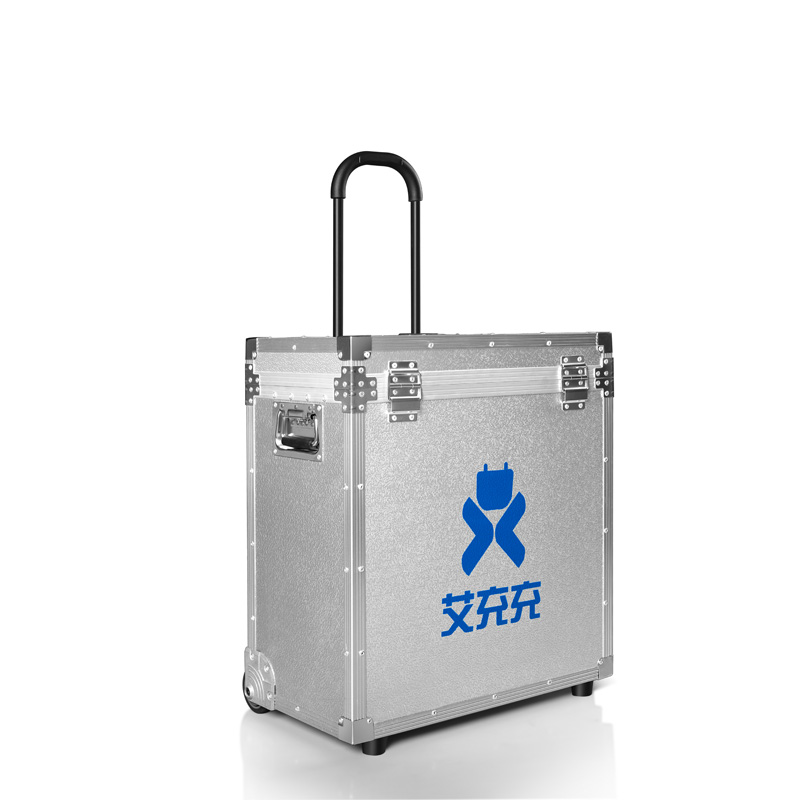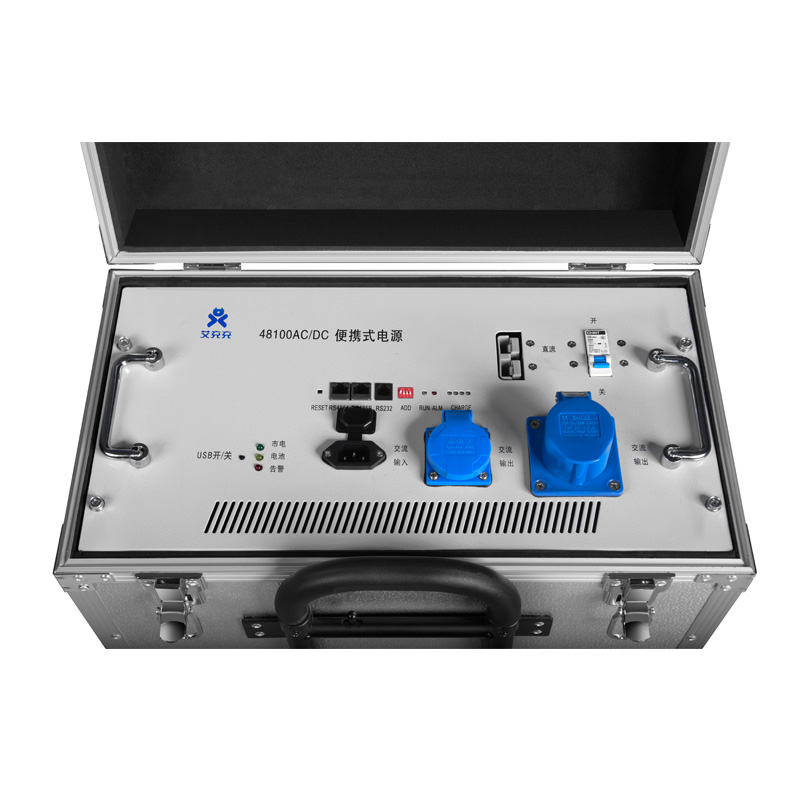
1 月 . 22, 2025 04:53 Back to list
Energy Management System EMS
Outdoor adventures bring the thrill of overcoming nature's challenges, but they also demand preparation and reliability in gear. Among essential elements, a reliable outdoor emergency power supply ranks highly. Many enthusiasts, however, find themselves facing unforeseen problems with these devices during their expeditions. With over a decade in the field of portable power solutions, I've encountered and resolved a myriad of these issues, unveiling vital insights into the workings and common pitfalls of emergency power supplies.
Many outdoor enthusiasts underestimate the importance of proper device compatibility. Each electronic device has unique power requirements, and incompatibility can lead to insufficient power delivery or potential damage to both the power supply and the device. It is crucial to check the voltage and amperage output of the power supply against the devices you plan to charge. Some advanced models feature adaptable output settings or multiple charging ports with varied specifications to cater to different needs. Furthermore, ensure the energy source used for recharging the power supply is easily accessible in the areas you plan to explore. Solar charging options are popular due to their eco-friendliness and convenience but require direct sunlight, which may not always be available. For trips in heavily wooded areas or during stormy weather, a dual charging option that includes traditional wall charging or a hand-crank mechanism could be more advantageous. Lastly, evaluate the weight and portability of the power supply. While it might seem trivial compared to functionality, carrying a bulky or heavy device can drastically hinder mobility, particularly on lengthy treks or climbs. Compact designs with ergonomic handles and lightweight materials enhance usability without compromising on power capability. In addressing these common issues, it’s apparent that choosing the right outdoor emergency power supply requires a blend of scientific insight and practical application. By focusing on realistic power output, environment-friendly designs, structural integrity, compatibility, versatile charging options, and portability, adventurers can ensure they're equipped with a trustworthy companion when venturing into the great outdoors. With these considerations in mind, you can sidestep typical problems and enjoy a seamless and exhilarating outdoor experience.


Many outdoor enthusiasts underestimate the importance of proper device compatibility. Each electronic device has unique power requirements, and incompatibility can lead to insufficient power delivery or potential damage to both the power supply and the device. It is crucial to check the voltage and amperage output of the power supply against the devices you plan to charge. Some advanced models feature adaptable output settings or multiple charging ports with varied specifications to cater to different needs. Furthermore, ensure the energy source used for recharging the power supply is easily accessible in the areas you plan to explore. Solar charging options are popular due to their eco-friendliness and convenience but require direct sunlight, which may not always be available. For trips in heavily wooded areas or during stormy weather, a dual charging option that includes traditional wall charging or a hand-crank mechanism could be more advantageous. Lastly, evaluate the weight and portability of the power supply. While it might seem trivial compared to functionality, carrying a bulky or heavy device can drastically hinder mobility, particularly on lengthy treks or climbs. Compact designs with ergonomic handles and lightweight materials enhance usability without compromising on power capability. In addressing these common issues, it’s apparent that choosing the right outdoor emergency power supply requires a blend of scientific insight and practical application. By focusing on realistic power output, environment-friendly designs, structural integrity, compatibility, versatile charging options, and portability, adventurers can ensure they're equipped with a trustworthy companion when venturing into the great outdoors. With these considerations in mind, you can sidestep typical problems and enjoy a seamless and exhilarating outdoor experience.
Latest news
-
FREMO Portable Power Station High-Capacity, Lightweight & Reliable
NewsMay.30,2025
-
24V DC Power Supply Certified & Efficient Home Depot Exporters
NewsMay.30,2025
-
12V 2A DC Power Supply for Home Depot Trusted Supplier & Exporter
NewsMay.29,2025
-
Energy Storage Power Station Solutions Reliable & Efficient Products
NewsMay.29,2025
-
Portable Power Station R100 High-Capacity & Reliable Backup Power
NewsMay.29,2025
-
Energy Management System EMS
NewsMar.07,2025


